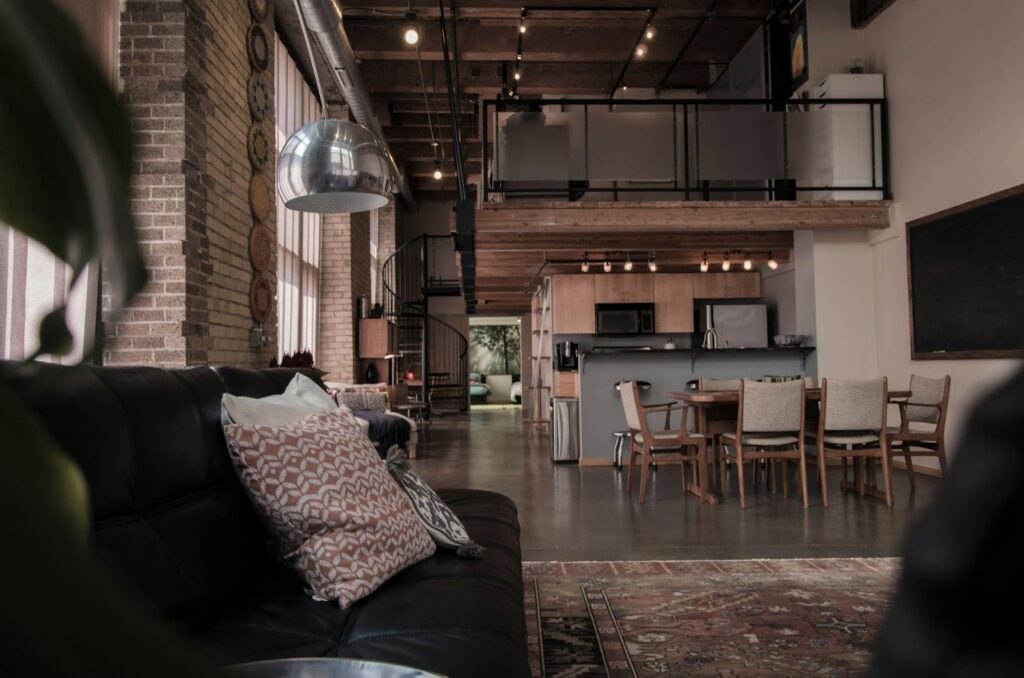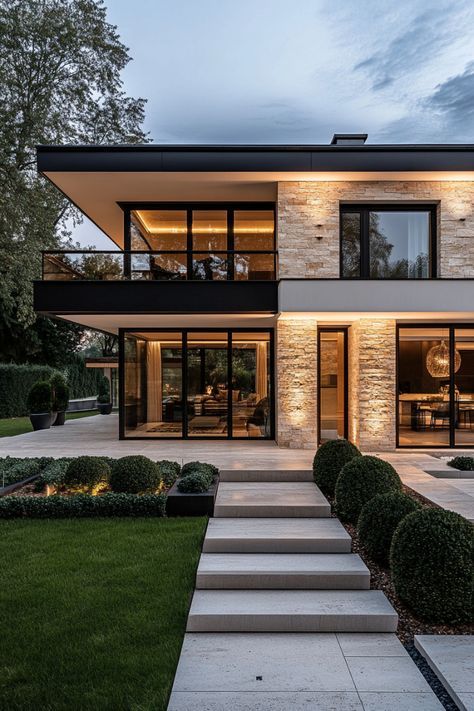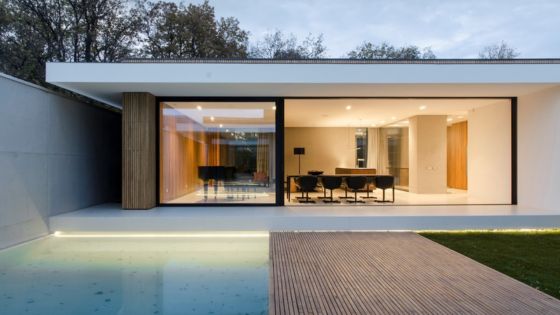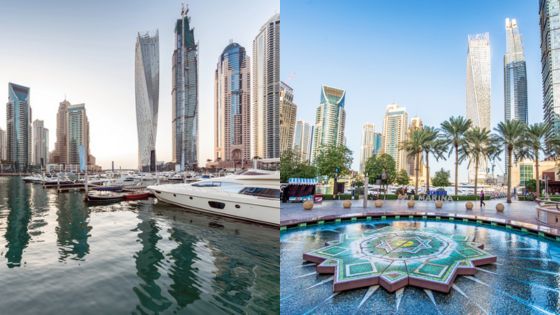
Source – Unsplash
Change is the only constant. That holds true in real estate more than in any other industry. So, staying updated with the latest architectural trends is crucial for anyone involved in the market.
Whether you’re a homeowner, a real estate developer, or an investor, understanding the architectural innovations that shape property values can provide a significant edge.
Today, we’ll get into six architectural trends that enhance real estate value and redefine how we perceive and interact with our living spaces.
Architectural Trends in Real Estate Overview


Architectural trends are more than just aesthetic preferences. They reflect societal shifts and technological advancements.
These trends can make the difference between a property that remains stagnant and one that appreciates over time, aging like a fine French wine.
Spotlight on Six Architectural Trends Impacting the Real Estate Industry Right Now
Let’s take a closer look at six architectural trends that are currently making waves in the real estate market right now.
Each trend offers unique opportunities to enhance property value by aligning with modern lifestyle demands and environmental considerations. Some of them are pricier than others.
That’s why many contractors use the joist app. Clients, contractors, and investors can all be on the same page simultaneously. Everyone knows the budget. Everyone stays on budget. Let’s get into it.
1. Sustainable Design
Sustainable design trends are driven by increased awareness of environmental issues and a desire for energy-efficient living.
From solar panels to eco-friendly building materials, properties that incorporate sustainable design reduce their carbon footprint and attract eco-conscious buyers. Historically, sustainable architecture was a niche market. But it’s becoming mainstream, and future projections show even greater adoption.
2. Smart Home Integration
Smart home integration is at the forefront of showcasing the marriage between tech and real estate. Homes with smart devices that control lighting, temperature, security, and entertainment systems are in high demand.
This trend reflects a shift towards convenience and connectivity, making properties more appealing to tech-savvy buyers. Continuous advancements enhance functionality and appeal, further driving demand.
3. Open and Flexible Spaces


Traditional compartmentalized layouts are giving way to open and flexible spaces that adapt to various needs. Open layouts cater to modern lifestyle changes, such as remote work and multi-generational living.
By offering versatile spaces, properties become more attractive to a broader range of buyers. The swing towards flexibility is expected to continue, driven by evolving family dynamics and work habits.
4, Biophilic Design
Biophilic design connects people with nature by incorporating natural elements into architecture.
Properties that integrate features like large windows for natural light, indoor plants, and natural materials are gaining value.
The long-term impact of biophilic design is profound as urban living becomes more prevalent and the desire for natural connections grows.
5. Mixed-Use Developments
Mixed-use developments blend residential, commercial, and recreational spaces, creating dynamic communities.
This trend reflects a move towards convenience and accessibility, where residents can live, work, and play within a single area.
Such developments are attractive to buyers seeking vibrant, walkable neighborhoods. As urbanization continues, the future of real estate will likely see more mixed-use projects.
6. Adaptive Reuse and Renovation
Adaptive reuse and renovation involve repurposing existing structures for new uses. Not only is it sustainable. It preserves historical architecture, adding unique character to properties.
Investors and developers are increasingly drawn to projects that combine the charm of the past with modern amenities. Adaptive reuse aligns with both sustainability and cultural preservation goals.
Conclusion
With sustainability, technology, and flexibility at the forefront, properties that align with these values are more likely to attract interest and achieve premium prices. As an investor or buyer, this is what you want to see, right?
Understanding these trends helps stakeholders make informed decisions. After all, you want your investments to remain desirable in such an intensely competitive sector.
There are also some long-term benefits, from increased property value to enhanced quality of life. For those in the real estate market, continuous learning and adaptation are key to staying competitive. Know the tech. And know what people want.
By understanding and implementing these trends, stakeholders can ensure their properties meet the evolving demands. That’s part of the game. Know what the people want before they do.
- 27shares
- Facebook0
- Pinterest27
- Twitter0



